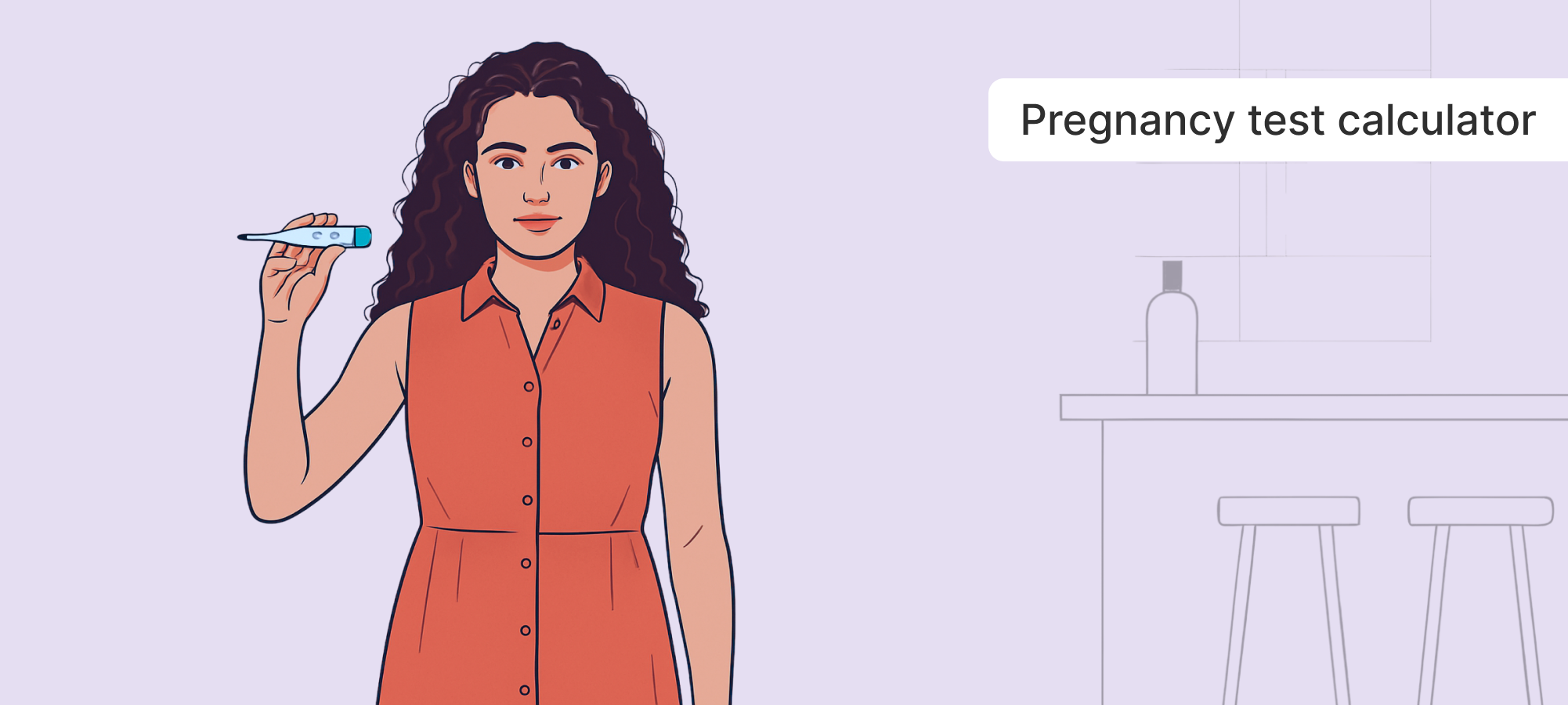How hormones change across your cycle

Understanding your menstrual cycle is key to taking charge of your reproductive health. If you're trying to conceive, avoid pregnancy, or just want to know your body better, recognizing the signs of ovulation is a great place to start.
Ovulation is the process when an ovary releases an egg, usually about midway through your menstrual cycle. Knowing when you ovulate can help you plan or prevent pregnancy and better understand hormonal changes that affect your mood, energy, and even your skin. Here’s everything you need to know about the signs of ovulation and how to spot them.
🔍 What is Ovulation?
Ovulation typically occurs about 14 days before your next period starts. During this time, a mature egg is released from the ovary and travels down the fallopian tube, where it can be fertilized by sperm. This window is the most fertile time in your cycle.
📅 When Does Ovulation Happen?
For someone with a regular 28-day cycle, ovulation generally happens around day 14. However, cycle lengths vary from person to person (and even month to month), so tracking your body’s signs is often more accurate than relying solely on dates.
🔔 Common Signs of Ovulation
Here are the key signs your body may be ovulating:
1. Change in Cervical Mucus
As ovulation approaches, your cervical mucus becomes clearer, stretchier, and more slippery—similar to raw egg whites. This helps sperm move more easily through the cervix.
Tip: Check your mucus daily by wiping with toilet paper or using clean fingers.
2. Slight Increase in Basal Body Temperature (BBT)
Your resting body temperature slightly increases (by about 0.5 to 1°F or 0.3 to 0.6°C) after ovulation due to rising progesterone levels.
Tip: Track your BBT each morning before getting out of bed using a basal thermometer. A consistent rise indicates ovulation has occurred.
3. Mild Pelvic or Abdominal Pain (Mittelschmerz)
Some women feel a brief twinge or cramp on one side of the lower abdomen during ovulation. This is called mittelschmerz—a German word meaning “middle pain.”
Note: This pain is usually mild and lasts from a few minutes to a few hours.
4. Increased Libido
Hormonal changes around ovulation often increase sex drive. Your body is biologically wired to be more interested in intimacy during your most fertile days.
5. Breast Tenderness
Some women notice tender or sore breasts during ovulation. This is caused by the surge in hormones—mainly estrogen and progesterone.
6. Heightened Senses
Your sense of smell, taste, or vision might become sharper around ovulation due to hormonal shifts. This can be subtle but noticeable for some women.
7. Changes in Cervical Position
During ovulation, the cervix becomes higher, softer, and more open to allow sperm to pass through more easily.
Tip: This sign is more advanced to track and may require practice or guidance from a healthcare provider.
✅ How to Track Ovulation
There are several ways to track ovulation:
-
Ovulation Predictor Kits (OPKs): These test for the LH surge in your urine, which usually occurs 24–36 hours before ovulation.
-
Fertility Apps: Many apps allow you to input cycle data, symptoms, and temperature to predict fertile days.
-
Cycle Charting: Using a calendar, BBT, and cervical mucus signs together can give a reliable ovulation pattern over time.
🧠 Why Knowing Ovulation Matters
Understanding ovulation helps you:
-
Time intercourse if trying to conceive
-
Avoid pregnancy naturally
-
Identify irregularities in your cycle
-
Be more in tune with mood and energy fluctuations
-
Detect potential fertility issues early
🩺 When to See a Doctor
If you're not noticing signs of ovulation or have irregular cycles, it may be worth speaking to a healthcare provider—especially if you're trying to conceive. Conditions like PCOS or thyroid imbalances can affect ovulation.
✨ Final Thoughts
Your body gives you clues every cycle—learning to read them is empowering. Whether you're planning a pregnancy or just want to understand yourself better, tracking ovulation is a valuable tool in your wellness journey.
Take a moment each day to observe your body. Over time, these signs become easier to recognize, helping you take control of your cycle with confidence and clarity.
Related Articles

Pregnancy Test Calculator: Know the Best Time to Test

Social and Relationship Care: Tips for Building Strong Connections

Creating a sleep routine

Keeping your skin clean and moisturized

Talking openly with your partner

Baby development at 33 weeks

Baby development at 32 weeks

Baby development at 26 weeks